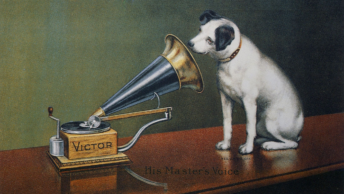
The United States Postal Service recently announced that it lost $3.1 billion dollars in the April through June period of 2011 and could be forced to default on payments due to the Federal government when the fiscal year ends this September. Losses for the year now total $5.7 billion dollars. Losses have been mounting over the last few years as more private mail and bill payments were switched to the Internet. In addition, the current recession has caused a decrease in business mail.
The Post Office has asked Congress to change or drop the requirement that it make a $5.5 billion dollar annual payment into a fund to cover future retirement disability benefits. No other government agency is required to make such a payment. The Post Office wants permission to reduce mail delivery from six days a week to five as part of a series of cost-cutting measures. Among the cost-cutting initiatives, the USPS has reduced total work hours by 63 million hours, the equivalent of 36,000 full-time employees. In addition, over the past 20 years, 200,000 mailboxes have vanished from city streets, rural routes and suburban neighborhoods. Approximately 175,000 remain. The USPS guidelines for removing an “underperforming” mailbox is that it must collect fewer than 25 pieces of mail a day. The USPS is also actively looking at closing up to 3,700 rural Post Offices.
The U.S. Postal Service employs over 596,000 workers and over 218,000 vehicles, and if it were a civilian company, it would be the second largest employer in the United States after Wal-Mart and the Defense Department. It is a self-supporting government agency that receives no tax dollars with an operating revenue of $16 billion dollars. A significant portion of the USPS losses in the past few years have been due to an unprecedented decline in mail volume. In fiscal year 2007, USPS processed 212 billion pieces of mail. Contrast this to fiscal year 2010 where it processed only 167 billion pieces of mail.
Economic indicators suggest that the worst of the precipitous volume decline during the recession is over. Total mail volume increased a modest 707 million pieces or 1.5% for the first quarter of 2011, compared to the first quarter of 2010. But there are nagging problems within the USPS. Union contracts make layoffs rare. Raises are automatic. The average unionized postal worker made $66,929 in wages and benefits in 2008. Labor costs account for 80% of Postal Service costs! It has the nation’s biggest fleet and high gas prices cost it $500,000 last year.
The cost of postage can’t keep going up uncontrolled. The Post Service realizes that if it keeps raising prices, it will hurt the economy and their own business. The Postal Service cannot survive as we know it. A reduction in mail services is coming and undoubtedly some rate increases in the coming years. It may be necessary to re-evaluate the mission of the USPS in the coming years. “Things are changing fast, and the Postal Service has limited options,” says Postal Regulatory Commission Chairman Dan Blair. In a wireless age when billions of communications are delivered daily and almost instantly by computers, the Postal Service may seem to be a grand anachronism.








